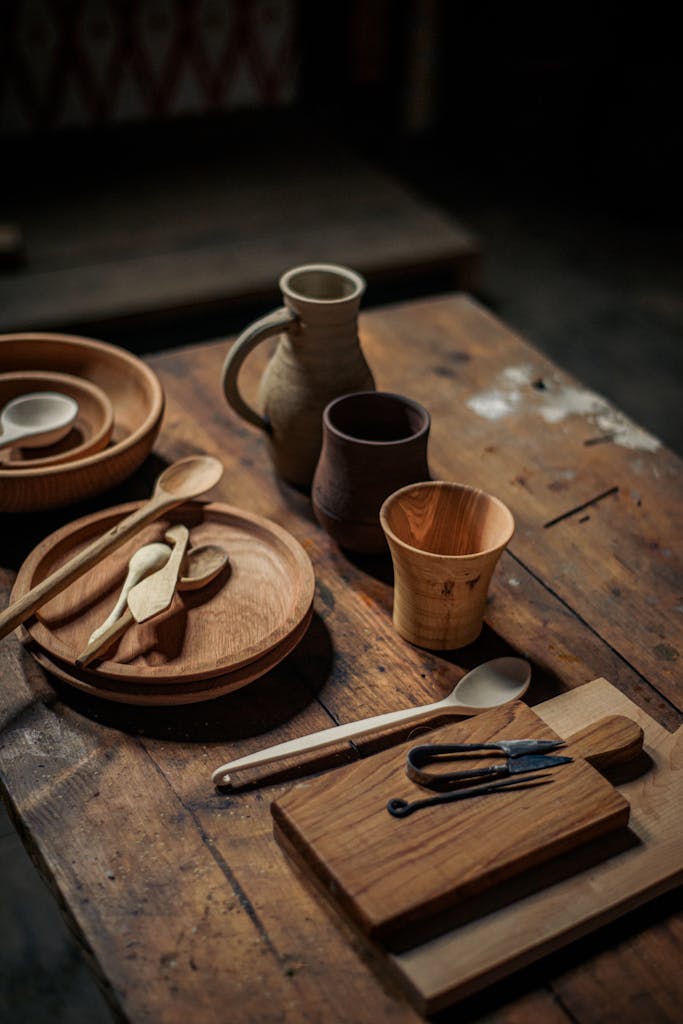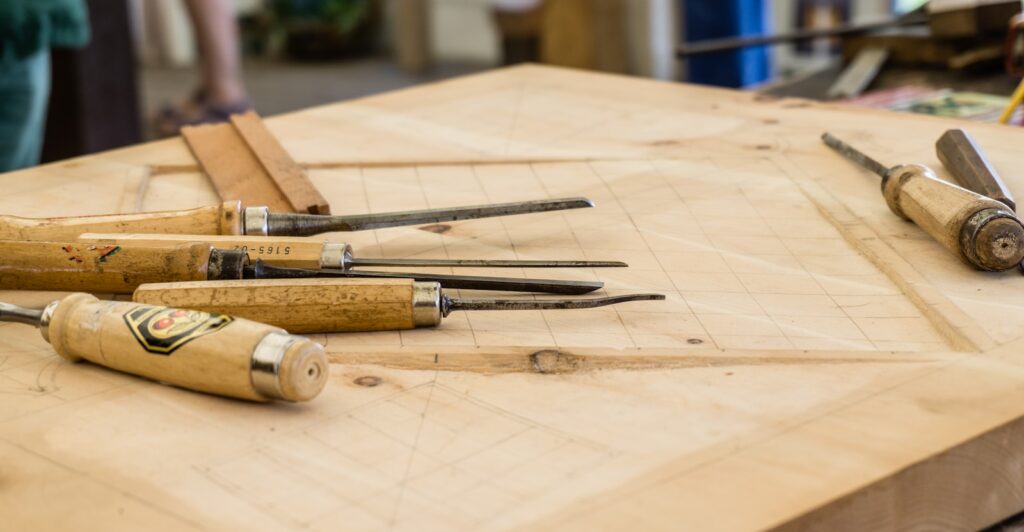Step-by-Step Guide to the Woodworking Process
Woodworking is a craft that transforms raw lumber into useful and beautiful items. Whether you’re building a simple shelf or a detailed piece of furniture, following a clear and organized process ensures better results. Here’s a step-by-step guide to help you understand the complete woodworking workflow.
1. Planning Your Project
Every successful woodworking project begins with a solid plan. Define your goal, create or find a design, and gather all the necessary measurements. Decide what type of wood suits your project best and make a list of tools and materials needed.
2. Choosing and Buying Lumber
Select the appropriate type of wood based on strength, appearance, and budget. Make sure the boards are straight, free of cracks or excessive knots, and properly dried to avoid issues during construction.
3. Measuring and Marking
Use precise measuring tools such as a tape measure, ruler, or square to mark out cuts and dimensions. Accuracy at this stage prevents mistakes and material waste later on.
4. Cutting the Wood
Using hand saws or power saws, cut the wood according to your measurements. Be sure to follow safety procedures and double-check each cut before proceeding.
5. Shaping and Smoothing
After cutting, shape your pieces as needed using chisels, planes, or routers. Then, sand the surfaces to remove rough edges, splinters, and imperfections.
6. Assembling the Pieces
Join the wood components using appropriate joinery techniques—such as screws, nails, glue, or traditional wood joints. Clamping the pieces during drying ensures strong, even bonds.
7. Final Sanding
Once the structure is assembled, perform a final sanding to ensure a smooth and consistent finish across the entire piece.
8. Applying the Finish
Protect and enhance the wood with finishes such as stains, oils, varnishes, or paint. Apply evenly with a brush or cloth, and allow proper drying time between coats.
9. Inspecting and Touching Up
Check the completed piece for any flaws, rough spots, or missed details. Touch up as needed to ensure a clean and polished final product.
10. Enjoying Your Work
Your project is complete! Whether it’s for personal use, a gift, or for sale, take pride in the craftsmanship and care you put into your woodworking journey.
Conclusion
Woodworking is a rewarding process when approached with patience and precision. By following these clear steps, even beginners can create high-quality wooden items that last for years.


